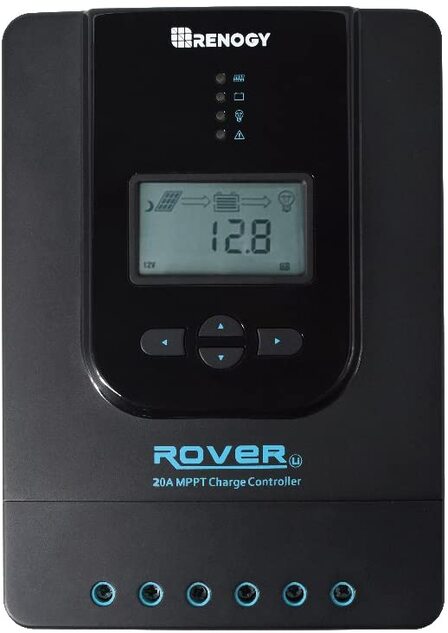jsemon
New Member
Currently installing a solar setup for my building. It's already wired to the grid but I have been interested in playing with solar and thought I'd build a separate setup to power random things in the building from solar instead of using grid. All I'm going to be running is a TV, light, mobile devices, fan and treadmill. Not all at once but that'd be everything I will ever use in there. I have 2-12v panels going to a 40amp mppt charge controller feeding a 12v 100ah battery that feeds a 1000w pure sine wave inverter. I have everything wired in with fuses and just haven't mounted the panels yet so they're not connected. My question to the group was my sizing of wire from the solar panels to the controller. I purchased these 10ga 20ft extensions and that is what comes from outside to the controller. I haven't mounted them yet and have the option to move the closer but think I will have better sun exposure where the extension gets me. Is 10 ga good enough for that length. I have attached the specs for the panels.







